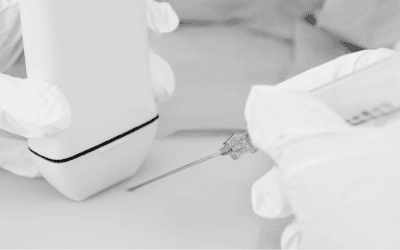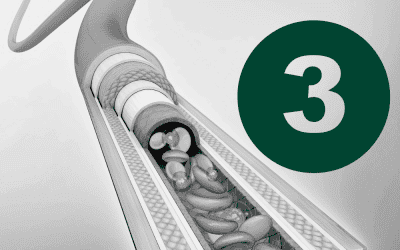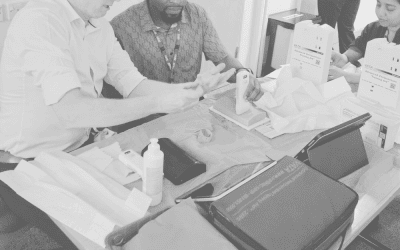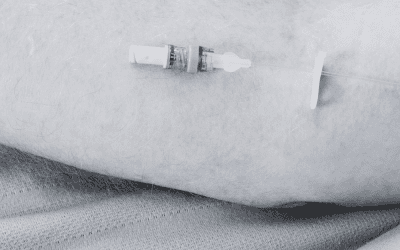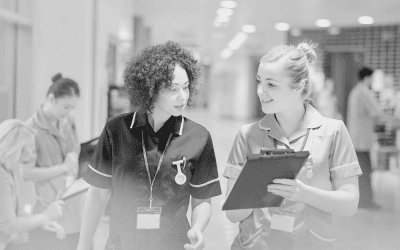Author: Neus Monmeneu Salavert In cancer patients, choosing an appropriate venous access device is crucial for effective treatment, minimising complications, and reducing healthcare costs. Key management decisions, such as the timing of device removal after therapy,...
Campus Vygon
Ultrasound: The Gold Standard for Vascular Access
Ultrasound-guided vascular access has become a cornerstone of modern clinical practice, offering a safer, more accurate alternative to traditional landmark-based techniques. First described in 19781, the use of ultrasound for central venous catheterisation has evolved...
Article 3: Choosing the Right Device for the Right Patient
Optimising Outcomes Through Proper Device Selection Arterial cannulation is not just about technique—it's also about choosing the correct device for the right patient. The type, size, and design of the arterial catheter can significantly influence the accuracy of...
Key Takeaways from the 2024 Educational Framework for Midline and Long Peripheral Catheter Insertion: A Narrative Review.
Introduction This educational framework, developed by Maciej Latos and Linda Kelly and published in the European Journal of Infusion Nursing, is highly relevant in today's healthcare landscape, where nurses and health professionals are increasingly taking on advanced...
The Importance of Using a Needle Free Connector with a Bi-directional Valve on all IV Lines
Needle Free Connectors with a Bi-directional Valve have become a cornerstone in intravenous (IV) therapy. Their innovative design prevents blood reflux and significantly reduces catheter occlusions. This advancement brings numerous benefits to patients, clinicians,...
8 Complications That Can Occur During Arterial Cannulation
Arterial cannulation for continuous blood pressure monitoring is not a technique free from complications; most of the time, these are minor and do not pose a major problem for the patient, but in some cases, they can have serious consequences. Furthermore, in...
Cost Analysis of the Modified Seldinger Technique (MST) for neonatal PICC Insertion
Neonatal peripherally inserted central catheters (PICC) are commonly used in neonatal intensive care units to administer vasoactive drugs and hyperosmotic solutions such as parenteral nutrition1. These catheters are often maintained in place for 2 to 3 weeks and play...
PICC Care Simplified: A Comprehensive Clinician’s Guide
Peripherally Inserted Central Catheters (PICCs) are essential in modern medical practice, providing reliable venous access for patients requiring long-term intravenous therapy. Below, we highlight an overview of our latest PICC Care and Maintenance Guide. Download...
The Benefits of Cardiac Output Monitoring for ICU Nurses
Nurses are the first clinical aid at the bedside, monitoring and responding to changes in patient conditions. Providing nurses with tools to make more informed decisions can significantly enhance patient care as early detection of preventable outcomes is crucial for...
Midline Catheter use in Oncology and its Role in The Treatment of Breast Carcinoma
In this article, we present the case of a triple-negative breast carcinoma T2N0M0 with negative genetic testing and a Ki67 proliferation index of 80%, indicating an aggressive cancer. Despite the initial recommendation to use a peripherally inserted central catheter...
Is the use of cleaning protocols sufficient to increase the safety of ENFit® connectors in neonates?
The introduction of ENFit® connectors in neonatology units, with the aim of avoiding connection errors between systems intended for different clinical therapies, has generated much debate among experts in the field. The new connector for enteral nutrition poses a...


